NASA Astronomy Picture of the Day 26 Feb 2023: Saturn's strange moon Iapetus
NASA Astronomy Picture of the Day is a view of Saturn's strange moon Iapetus which looks like a walnut! NASA explains why.
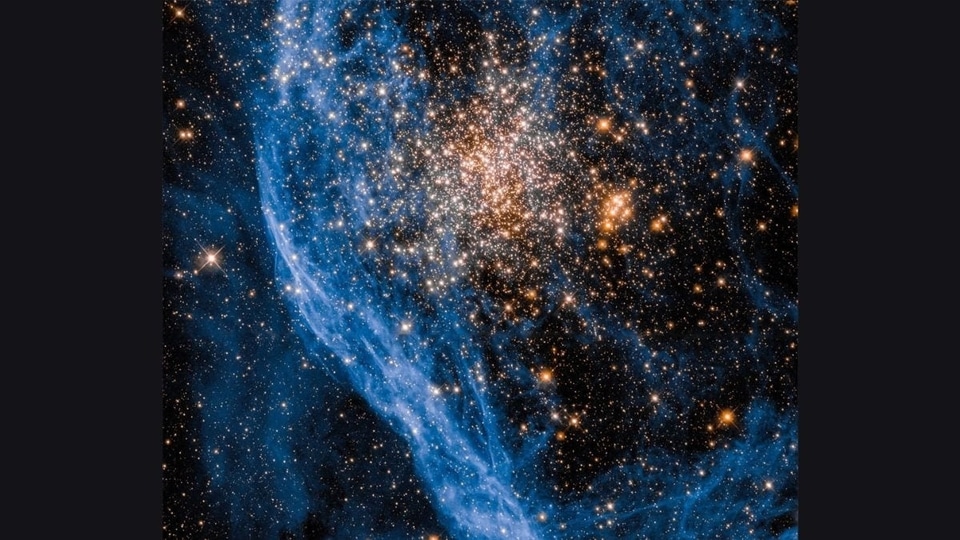
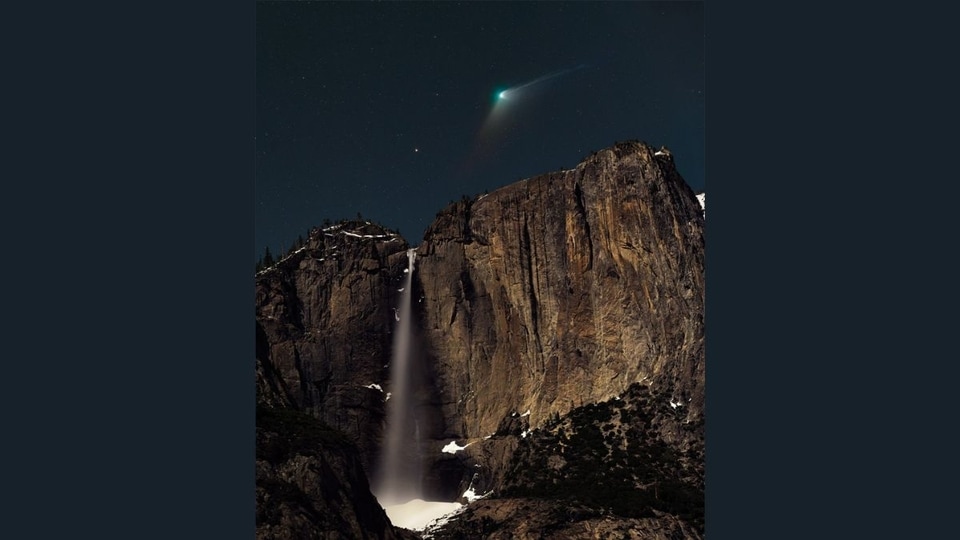
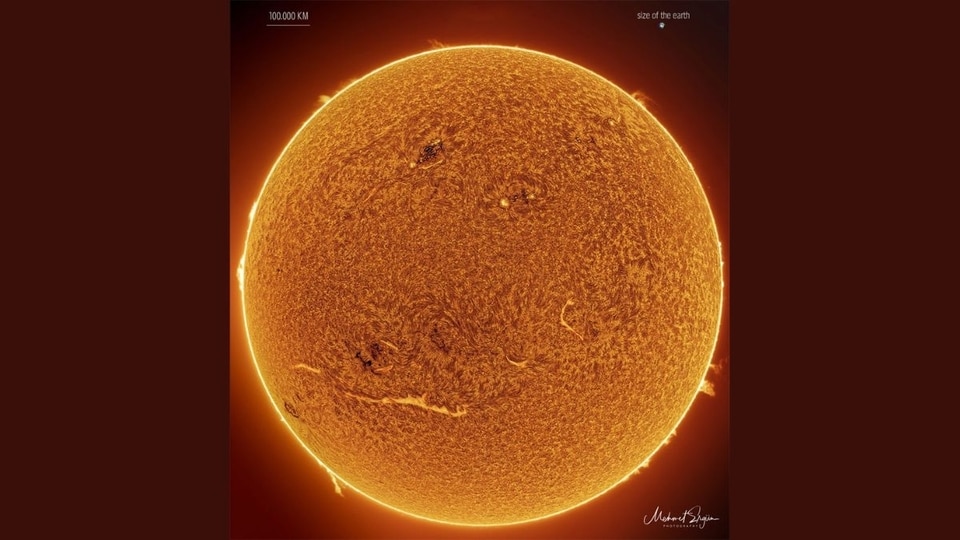
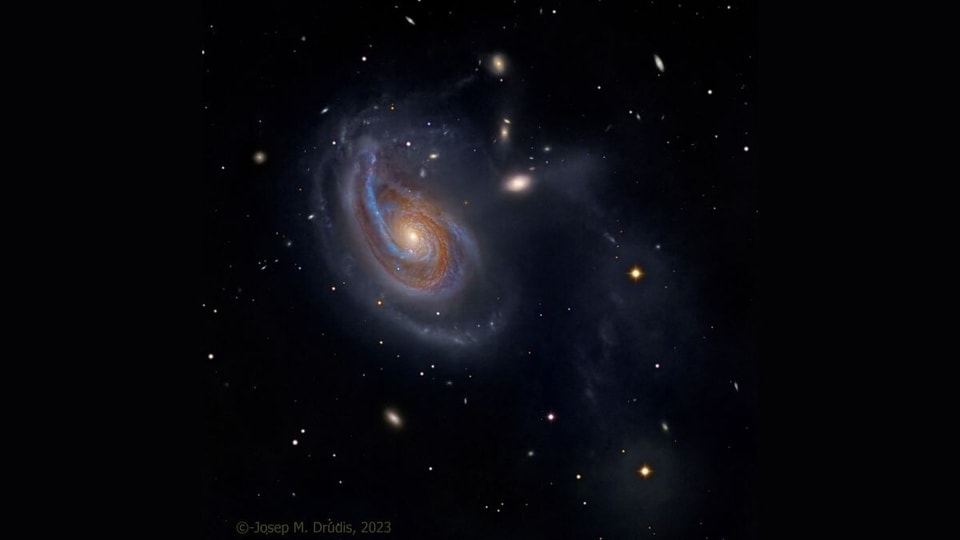
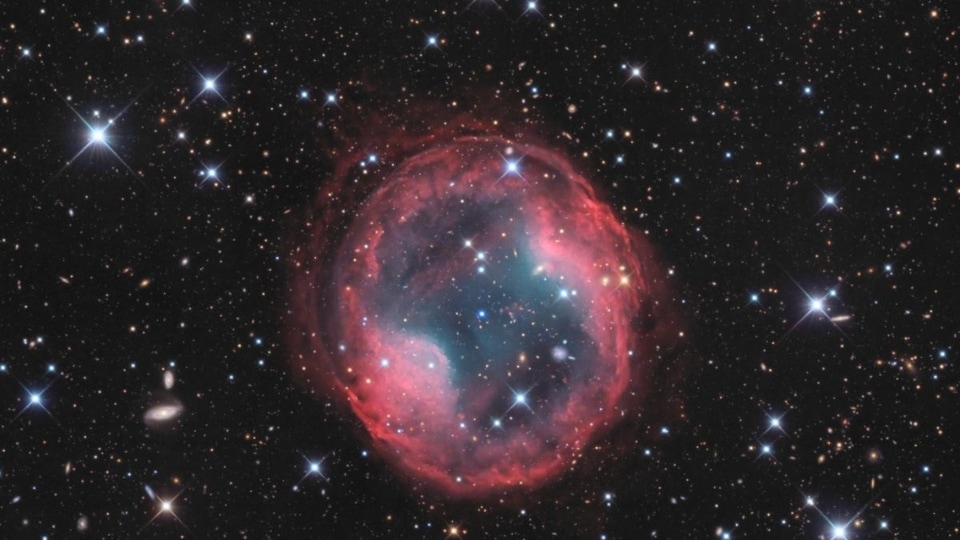

 View all Images
View all ImagesSaturn has a total of 83 moons, ranging in size from larger than the planet Mercury – the giant moon Titan – to as small as a sports arena. Among these, the third largest moon of Saturn is Iapetus which has a mean radius of around 457 miles (736 kilometres) and a density only 1.2 times that of liquid water. But there is something strange regarding its surface! In the latest image shared by NASA as the Astronomy Picture of the Day 26 February, this moon looks like a walnut. The image was captured by the Cassini spacecraft, which was orbiting Saturn at the time of its flyby of Iapetus in late 2004.
NASA said while sharing the photo, “a strange ridge that circles Saturn's moon Iapetus's equator, visible near the bottom of the featured image, makes it appear similar to a popular edible nut.” However, despite several hypotheses, the cause of the ridge on Iapetus remains unknown. Proposed explanations range from the upwelling of ice from beneath the surface, to a collision with a ring system, or even to remnants of the moon's formation over 100 million years ago.
Another strange fact is that around half of the Iapetus moon is so dark that it can nearly disappear when viewed from Earth, while the rest of the part is quite bright. “Observations show that the degree of darkness of the terrain is strangely uniform, as if a dark coating was somehow recently applied to an ancient and highly cratered surface,” NASA said. It further said that Iapetus has several significant impact basins, including a prominent 400-kilometer wide crater that is visible near the centre of the image. The crater is surrounded by steep cliffs that descend abruptly to the crater floor.
Did you know?
Saturn used to be the planet with the most moons in the solar system. But recently, with the latest findings of dozens of new moons, the crown has shifted to Jupiter with 92 moons against Saturn's 83 moons.
Catch all the Latest Tech News, Mobile News, Laptop News, Gaming news, Wearables News , How To News, also keep up with us on Whatsapp channel,Twitter, Facebook, Google News, and Instagram. For our latest videos, subscribe to our YouTube channel.





























